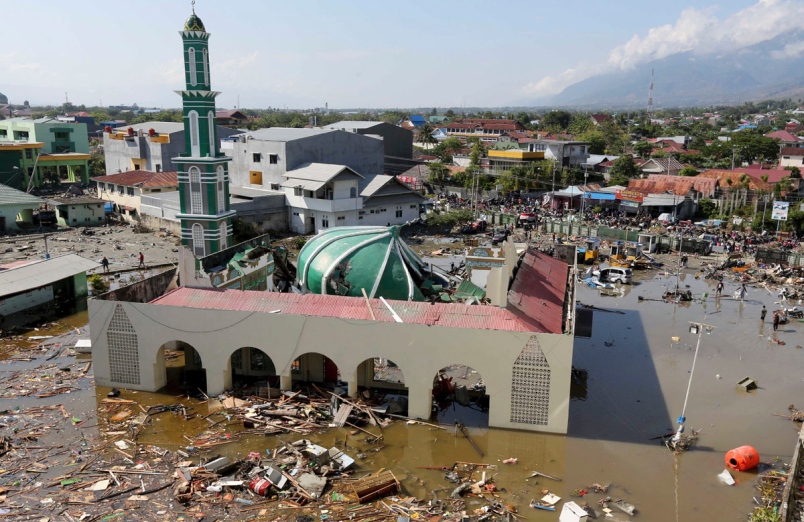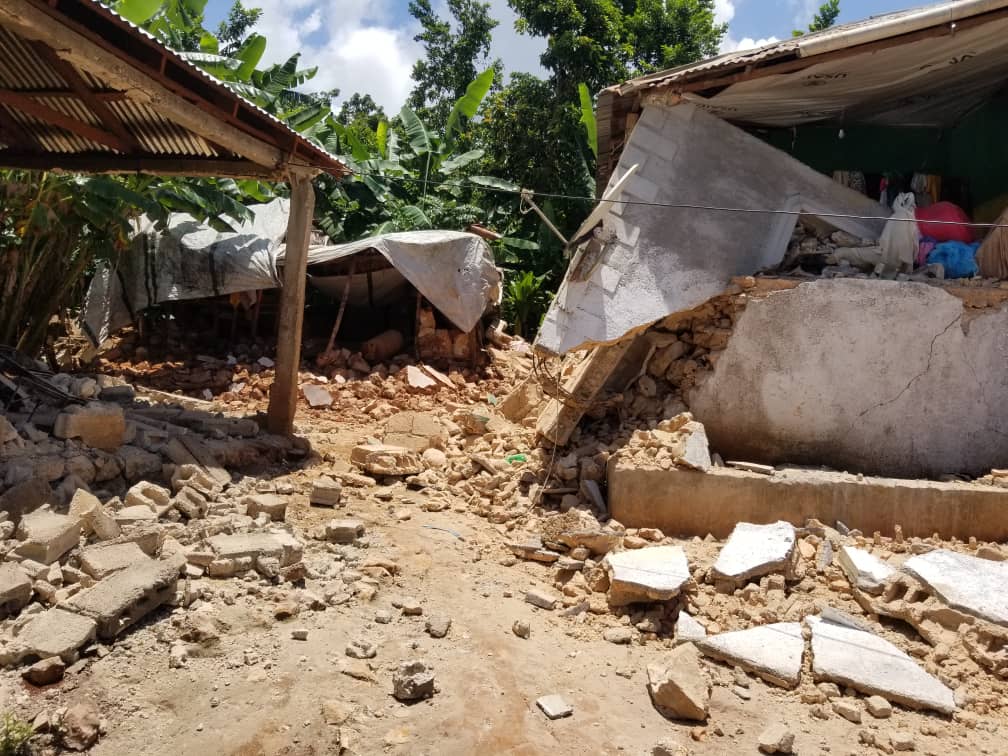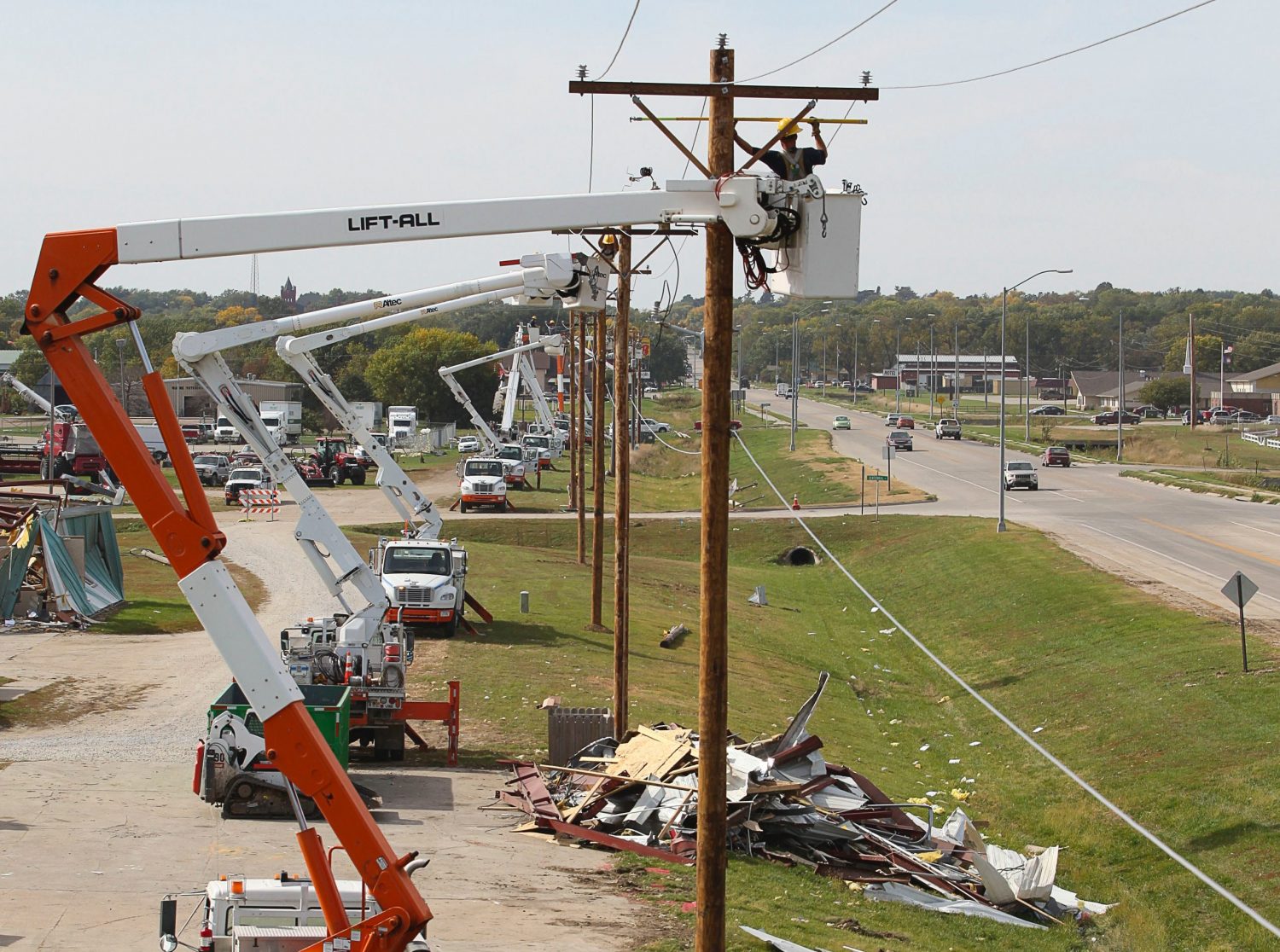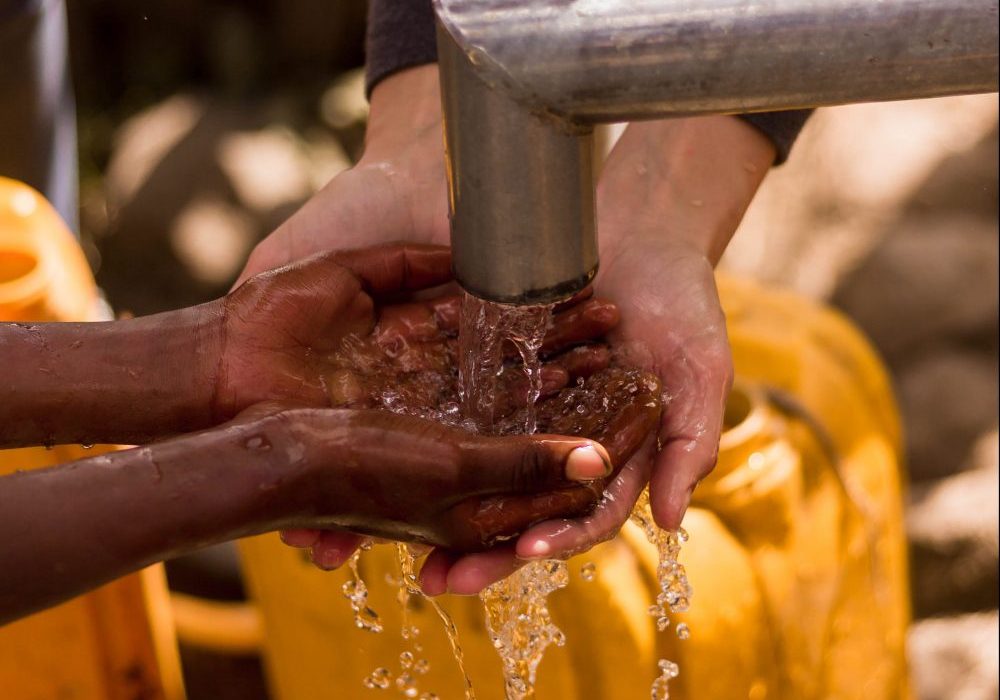
Last updated:
Sulawesi Earthquake and Tsunami (Indonesia)

Overview
Multiple earthquakes including an M6.1 foreshock, an M7.5 primary quake and more than 500 aftershocks hit the Indonesian island of Sulawesi on Friday, Sept. 28, 2018.
The town of Donggala was closest to the epi-center of the large 7.5 magnitude earthquake and suffered extensive damage. Significant damage to the state-owned telecommunications infrastructure led to delays in getting damage and injury reports to officials for over three days.
Five minutes after the earthquake a tsunami warning was issued, however, local tsunami alarms were not activated. As a result, hundreds of attendees at the Palu Nomoni Festival in Talise Beach were still on the beach when the tsunami struck. While the tsunami was expected to be up to 9.8 ft (3 meters) in height, Palu is located at the end of a narrow bay that amplified the tsunami with waves reaching nearly 19.7 feet (6 meters).
(Photo source: AP Photo/Tatan Syuflana)
What is the impact on the communities?
More than 4,340 people died – 1,016 of whom were never identified, 4,400 were seriously injured and over 200,000 were displaced as a result of both the earthquake and resulting tsunami. During the earthquake, the soil liquified, and houses and people were buried in more than nine feet of rubble and mud.
More than 110,000 houses were destroyed or damaged, including more than 6,500 that completely disappeared because of liquefaction. Over 320 health facilities and 1,300 schools in the affected region were damaged or destroyed.
While nothing can be done to prevent earthquakes and tsunamis from occurring in Indonesia, which sits on the Pacific Ring of Fire, there are some ongoing needs to mitigate the effects of future events.
Disaster-Resilient Infrastructure
Post-disaster analyses identified that the earthquake damaged tsunami sensors which resulted in delays and errors in processing and issuing tsunami warnings. Critical infrastructure that is designed to exceed minimum specifications is key to ensuring the safety of people during disasters. In addition, the destruction of the telecommunications network resulted in serious delays in assessing the severity of the damage.
Economic and Community Recovery
While reconstruction of buildings and infrastructure is well underway, affected communities need support to rebuild their local economies. This is particularly important for small and community-based businesses that provide important products and services to local community members.
Housing and Health Facilities
- As of April 2020, there were still close to 9,000 people in 699 temporary shelters as COVID-19 began to move through the area. The crowded conditions in the shelter areas, along with the limited Water, Sanitation and Hygiene (WASH) facilities allow for COVID-19 to be transmitted much easier. Compounding the challenge of COVID-19 is the loss of health facilities, including 74 that still had not been repaired.
Contact CDP
Recovery updates
If you are a responding NGO or a donor, please send updates on how you are working on recovery from this disaster to Tanya Gulliver-Garcia.
Donor recommendations
If you are a donor looking for recommendations on how to help with disaster recovery, please email Regine A. Webster.
Philanthropic and government support
- The Center for Disaster Philanthropy provided a $62,410 grant to Build Change to support the creation and rollout of a mobile app. This app provides messaging about building back safer, government information about enrolling in the reconstruction effort, the contact information of trained builders and construction professionals, safe new construction designs to download, and retrofitting advice, when appropriate.
- The Bill and Melinda Gates Foundation gave $500,000 to CARE International to provide immediate relief to communities most affected by the impact of the earthquakes and resulting tsunami in Sulawesi.
- The Flextronics Foundation gave $50,000 to Save the Children to support their Sulawesi Earthquake and Tsunami relief fund.
- The American Jewish World Service has provided over $100,000 through seven grants to three organizations. This ongoing support to Wahana Lingkungan Hidup Indonesia, Sulteng Bergerak and Yayasan Sosial Indonesia untuk Kemanusiaan is focused on supporting vulnerable populations, women and children, and families with grassroots services in areas affected by this incident.
We welcome republication of our content. Please credit the Center for Disaster Philanthropy.
Fund resources

Earthquakes
Striking without warning, earthquakes often are among the most devastating disasters. Caused by the movement of plates along fault lines on the earth’s surface, earthquakes often leave a monumental path of instant death and destruction.

Critical Infrastructure and Systems
Critical Infrastructure and Systems (CIS) are the structures people rely on to perform their everyday tasks. They are what keep people, goods and information moving around the world while also keeping people safe and healthy.

Water, Sanitation and Hygiene (WASH)
Water is one of the most necessary elements for life, yet according to the World Health Organization/UNICEF, 2.1 billion people lack access to safely managed drinking water. In addition, 4.5 billion people lack safely-managed sanitation facilities. Water, sanitation and hygiene (WASH) principles are of tremendous concern in everyday life, but can be heightened during an emergency or disaster.